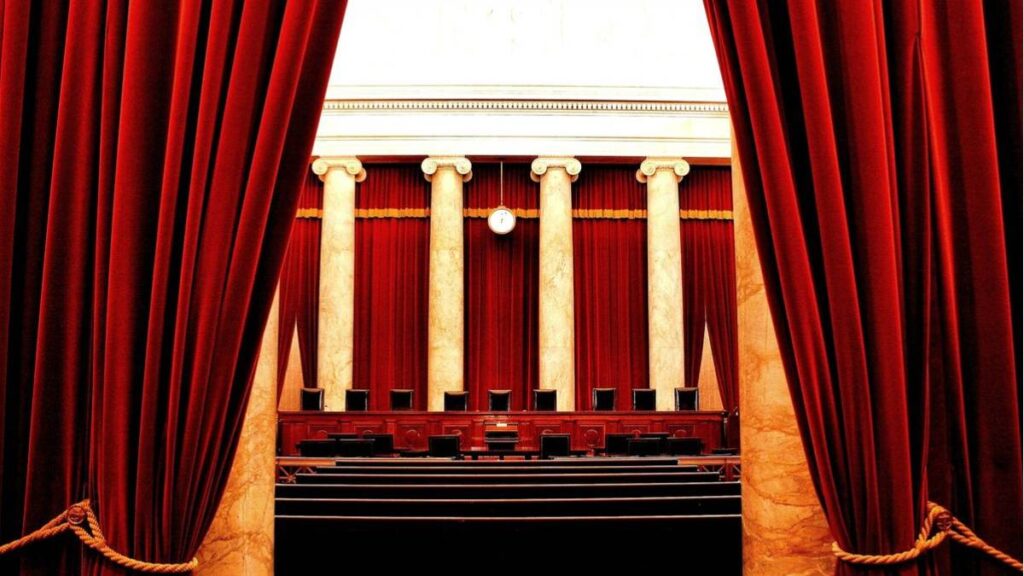The U.S. Supreme Court is upholding the ruling of a federal court of appeals about transgender students using bathrooms that align with their gender identity.
Because of this ruling, the law now permits transgender students to use restrooms that fit with their gender identity, even if it does not align with their biological anatomy.
A federal court of appeals passed the ruling last week after the submission of an appeal to the initial judgment by an Indiana school district.
A school board in the Indiana school district refuses to allow one of their middle school students access to the boys’ restroom. The student’s family then filed a lawsuit against the school district for an infringement on their child’s rights.
ALSO READ: Loudoun County Students Protest Against Bathroom and Locker Room Policy
An appeals court would later overturn the ban and insist that authorities of the school concerned allow the student to use the restroom that aligns with their gender identity. However, the school board would not sit still as they decided to approach the Supreme Court for an appeal.
Unfortunately, the Supreme Court is telling off the school board and asking them to reinstate the student to their preferred restroom in the school facility.
The case file only identifies the said student as A.C. According to A.C.’s mother, the child was born with female anatomy. However, at age 8, A.C. was diagnosed with gender dysphoria and had to undergo gender-specific care. Eventually, A.C. received treatment with puberty blockers, and legal changes were also made to his identification documents in consonance with his transition.
However, upon resuming at John R. Wooden Middle School, A.C.’s parents requested their child to use the boy’s bathroom. The request was escalated to the school board in charge of the Metropolitan School District of Martinsville. They outrightly turned down the request.
POLL — Is Climate Change a Major Threat That Requires Immediate Policy Action?
Instead, the District board provided A.C.’s family with two options. One, he could use the girls’s bathroom, or two, he could proceed to the single-user restroom at the school’s health office. The latter option is as good as subtly asking A.C. to report sick each time he needs to use the bathroom.
This arrangement did not go down well with A.C.’s mother. Besides, she claims that the discrimination left her child sad, humiliated, and distraught. In the long run, the discrimination affected A.C.’s academic performance.
The eventual ruling of the Supreme Court on the case revolves around the 1972 federal civil rights law. According to the law, schools must not discriminate against anyone in their jurisdiction based on their sex.
However, Martinsville officials tried to emphasize the specifics of the 1972 law, which allows schools to designate bathrooms using the biological sex of students. That portion of the law is called Title IX.
However, the Supreme Court adopted the precedence of a previous ruling on the violation of transgender workers’ rights. The ruling affirms that any form of discrimination against transgender workers is similar to job discrimination based on sex.
You Might Also Like:
Seattle Mom Accuses Teacher of Telling Students It’s “Offensive” To Identify As Straight
Zuckerberg to Face Deposition in Texas Over Meta Facial Scanning
U.S. Air Force Officer Madison Marsh Wins 2024 Miss America Pageant
Chicago Mayor Evades Questions About Tax Raises to Address Migrant Crisis
